Sustainability
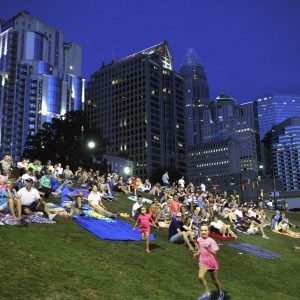
Here’s what the next 20 years could hold for uptown Charlotte
A new “Central Park” for Charlotte. A Tryon Street that prioritizes pedestrians over cars. A new neighborhood built around the Carolina Panthers’ stadium, and the burial — or even total elimination — of I-277. These are some of the big ideas planners are batting around as they work on the new Center City Vision Plan, […]
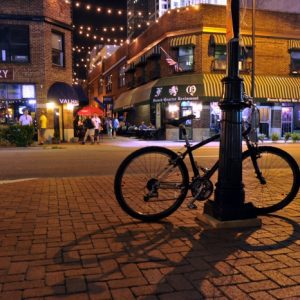
Post-coronavirus, everything will change in cities — or not
After COVID-19, cities will change forever. Here’s a sampling of predictions I’m seeing: People will avoid close physical encounters. Or maybe not. Maybe they’ll flock to crowded bars and restaurants after weeks of lockdown. Stores, bludgeoned by pandemic closings and high rents, will fail. So will smaller, non-chain restaurants. Cities will become blander and more […]
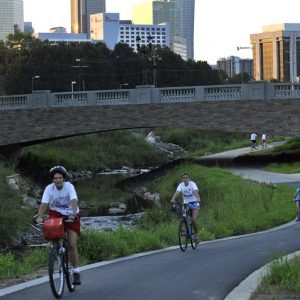
Keeping the conversation about public space alive past coronavirus
Projects that usually take years are happening in weeks during the coronavirus pandemic: Cities are closing streets to cars, opening public space for sidewalk cafes and investing more in pop-up parks and outdoor amenities. Planners are responding to a desperate desire for more public, outdoor space, as restaurants, gyms, bars, concert venues, offices, schools and […]
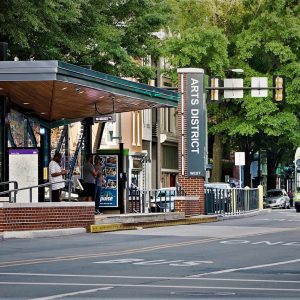
Trains, buses and people: More lessons for Charlotte
Part 1 of this series focused on what ails bus systems in major U.S. cities, and how the Charlotte Area Transit System is attempting to reverse its own downward trend in bus ridership. But buses are only one piece of a complicated transit puzzle of what works, what doesn’t, and why. In his recent book, […]
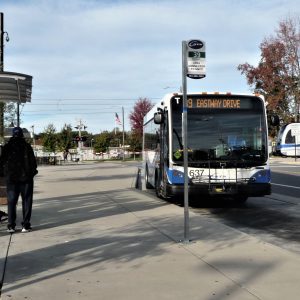
Charlotte is trying to get you out of your car and onto a bus
Bus ridership has been falling in Charlotte for years, even though buses still carry the majority of public transit riders. Local transit officials are hoping to reverse the trend with dedicated bus lanes, greater frequency and easier ways for people to track when the next bus is coming. But they face hurdles, including money and […]
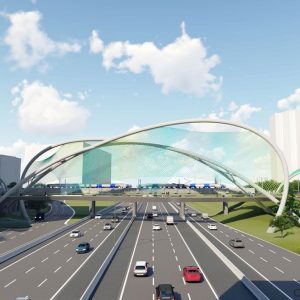
What’s on our city’s wish list? See some gifts for Charlotte
It’s hard shopping for the city that has it all: Gleaming office towers, a new-ish light rail line, a booming population and one of the world’s busiest airports. But that doesn’t mean Charlotte couldn’t still use a few gifts this holiday season. After all, despite the city’s obvious and explosive growth, there are still plenty […]
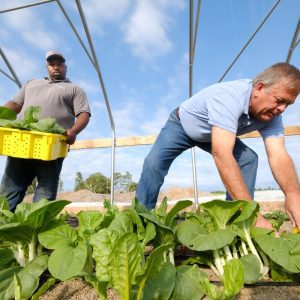
Why intermediaries are key to viable local food systems
Growing and buying local food is a business: complex, rich in heritage and culture, essential to health and well-being, consumed by all but understood by few. The Carolinas Urban-Rural Connection A special project from the UNC Charlotte Urban Institute Read the whole project here Introduction: Strengthening ties to revitalize communities A ‘crisis that’s brewing’: How […]
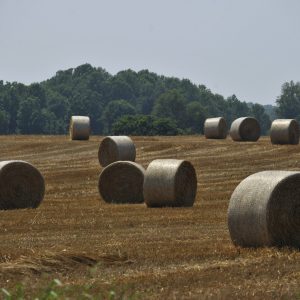
Farms and sprawl: Conservationists worry they’re losing the battle
About 45 minutes from Charlotte in neighboring Cabarrus County, the owners of 1,000-acre Porter Farms raise chickens and pigs on part of their land. The chickens are sold to Tysons Foods, and the pigs become sausage, pork chops and spare ribs for Smithfield Foods. Another part of the property is a cattle farm, and since […]
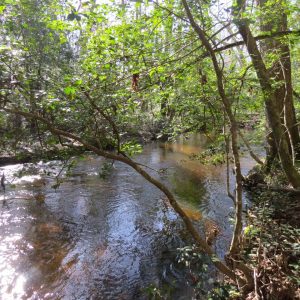
Preserving a ‘black water’ river east of Charlotte: Drowning Creek
In the far southeastern tip of Montgomery County, where Moore, Richmond and Montgomery counties all converge, a stream with an evocative name flows: Drowning Creek. Drowning Creek is a high quality stream, which means it has little pollution and good aquatic diversity. The creek flows southward into the Lumber River, which was originally called Drowning […]
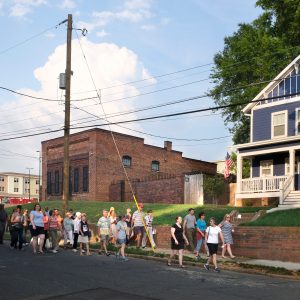
Want to know why developers are embracing walkable urbanism? Follow the money.
Charlotte’s suburbs are starting to look more like urban areas, and a new study is pointing to the value to be gained from promoting walkable, transit-connected, urban-style growth. Real estate experts have said they’re responding to market pressure: Businesses, workers and residents want to get from home to work to dinner without spending big chunks of their day in a car, and suburban-style developments that cater exclusively to drivers no longer cut it.